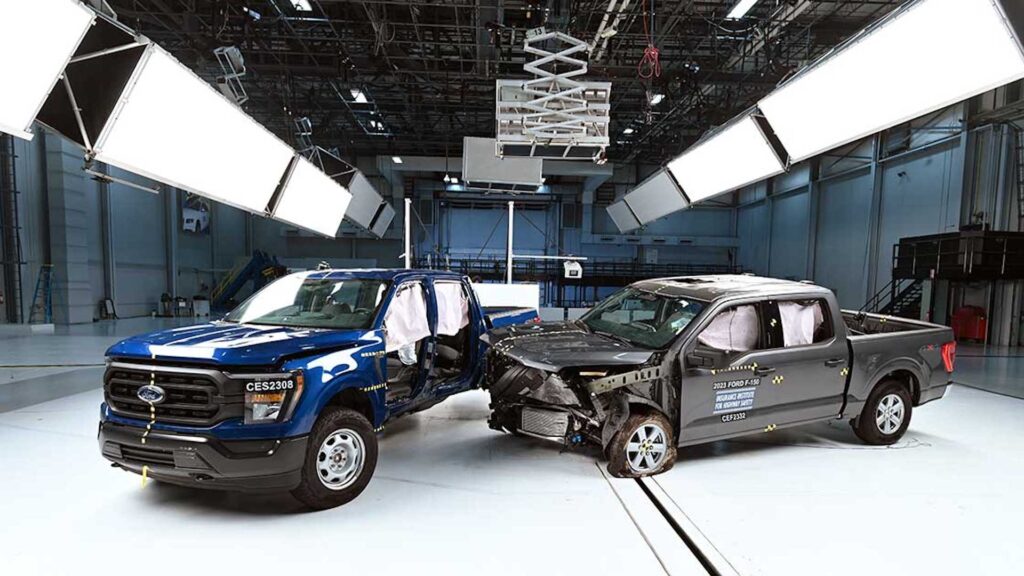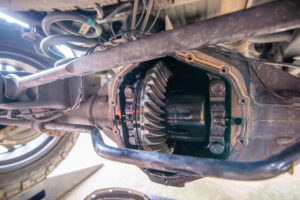Data Shows Large Pickup Trucks Struggle To Keep Rear Passengers Safe During Accidents

In the event of an accident, one would naturally assume that large pickup trucks would fare well in protecting their occupants. However, a recent study conducted by the Insurance Institute of Highway Safety (IIHS) concluded that while some trucks do offer strong protection during side crashes, others fall short of protecting passengers in the back seat.
RELATED: Two Jeep Grand Cherokee Models Land The Highest Safety Awards from the IIHS
Four 2023 large pickup trucks: the Ram 1500 crew cab, Ford F-150 crew cab, Toyota Tundra crew cab, and the Chevrolet Silverado 1500 crew cab were put to the test in a series of side crash simulations to determine their level of safety. The Ram 1500, Ford F-150, and Toyota Tundra all received good ratings while the Chevrolet Silverado 1500 received an acceptable rating.
Rear Passenger Safety in Large Pickup Trucks
However, during the moderate overlap front crash test, which is used to measure back seat safety, only the Toyota Tundra managed to receive a marginal rating. The Silverado, F-150, and Ram 1500 were all rated poor.

“Like most other vehicle classes, large pickups don’t perform as well in the new moderate overlap evaluation as they do in the updated side test, which is now a requirement for our TOP SAFETY PICK awards,” says IIHS President David Harkey.
This updated version of the moderate overlap front test from the previous year showed that in newer vehicles the risk of fatal injuries is higher for belted occupants in the back seat than for those seated up front. This is not because the second row is suddenly less safe. It is because the front row has become safer due to the installation of improved airbags and seatbelts that are not normally available for the rear. But despite these new developments, the IIHS firmly stands that the back seat is still the safest place for children. This is because children are at risk of being injured by airbags in the front.
How Did The Large Pickups Do In The Test?
In order for a vehicle to receive a good rating, the child-size crash test dummy in the back seat cannot be at risk of any excessive injuries to the head, neck, chest, or thigh. They must remain correctly positioned during the accident without “submarining”, which is when the body slides forward beneath the lap belt, putting them at risk for serious abdominal injuries. The head must also remain a safe distance away from the front seatback and the rest of the vehicle’s interior, and the shoulder belt needs to remain on the dummy’s shoulder.
Unfortunately for all large pickup trucks used in this test, their restrain systems in the back seat were not up to par. “Submarining was a problem for all four pickups, and belt forces were too high in all but the Tundra,” Harkey said.
Researchers found that the rear dummy would have likely sustained injuries to the chest, head, and neck in the F-150 and Ram 1500. The same was said for the Silverado, though the likelihood was slightly lower. The Tundra’s rear seat dummy was also at risk of chest injuries due to poor belt-positioning, but the risk of head or neck injuries was only slightly elevated.









